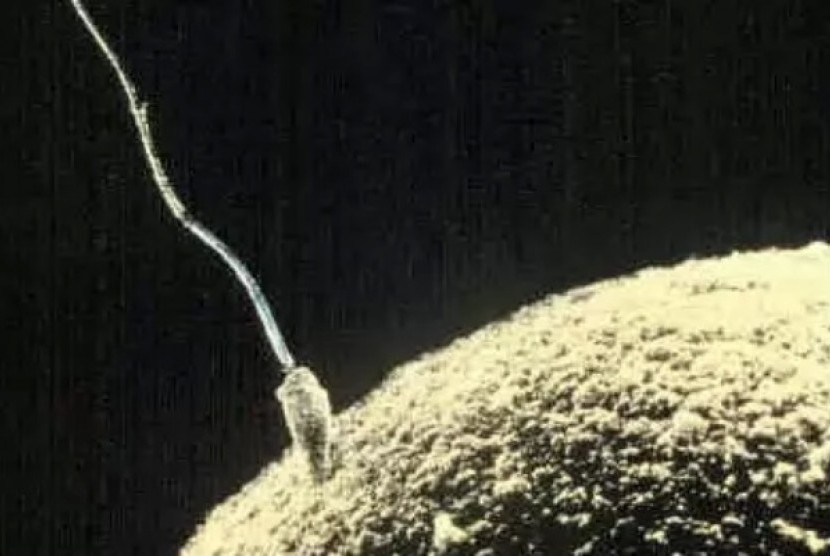REPUBLIKA.CO., BEER SHEEVA - Autumn is the time of year most associated with bumper crops of new babies, and according to an Israeli study there may be a scientific reason for it: human sperm are generally at their healthiest in winter and early spring.
Based on samples from more than 6,000 men treated for infertility, researchers writing in American Journal of Obstetrics & Gynecology found sperm in greater numbers, with faster swimming speeds and fewer abnormalities in semen made during the winter, with a steady decline in quality from spring onward.
"The winter and spring semen patterns are compatible with increased fecundability and may be a plausible explanation of the peak number of deliveries during the fall," wrote lead researcher Eliahu Levitas from Ben-Gurion University of the Negev in Beer-Sheva.
If there is a seasonal pattern, they said, that knowledge may "be of paramount importance, especially in couples with male-related infertility struggling with unsuccessful and prolonged fertility treatments."
For the new study, Levitas and his colleagues collected and analyzed 6.455 semen samples from men at their fertility clinic between January 2006 and July 2009. Of those, 4,960 were found to have normal sperm production, and 1,495 had abnormal production, such as low sperm counts.
The World Health Organization defines anything over 16 million sperm per milliliter of semen as a normal sperm count.
Taking into account the approximately 70 days it takes for the body to produce a sperm cell, the researchers found that men with normal sperm production had the healthiest sperm in the winter.
"Based on our results the (normal) semen will perform better in winter, whereas infertility cases related to low sperm counts should be encouraged to choose spring and fall," the researchers wrote.
Among people, previous research has found that sperm counts around the world are falling. While no one knows why, theories range from a more sedentary lifestyle to chemicals in the environment that affect sperm health.


